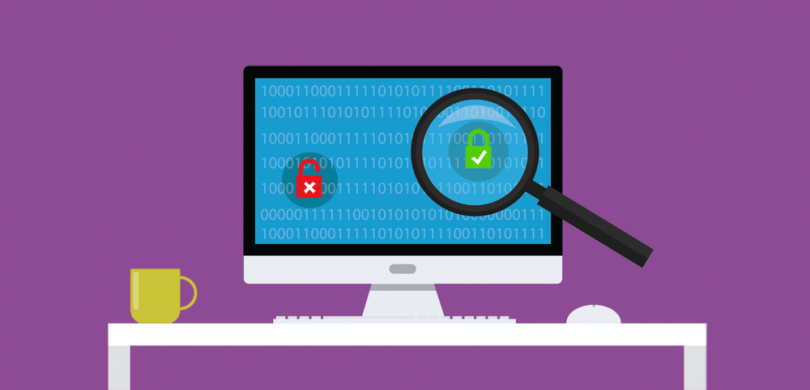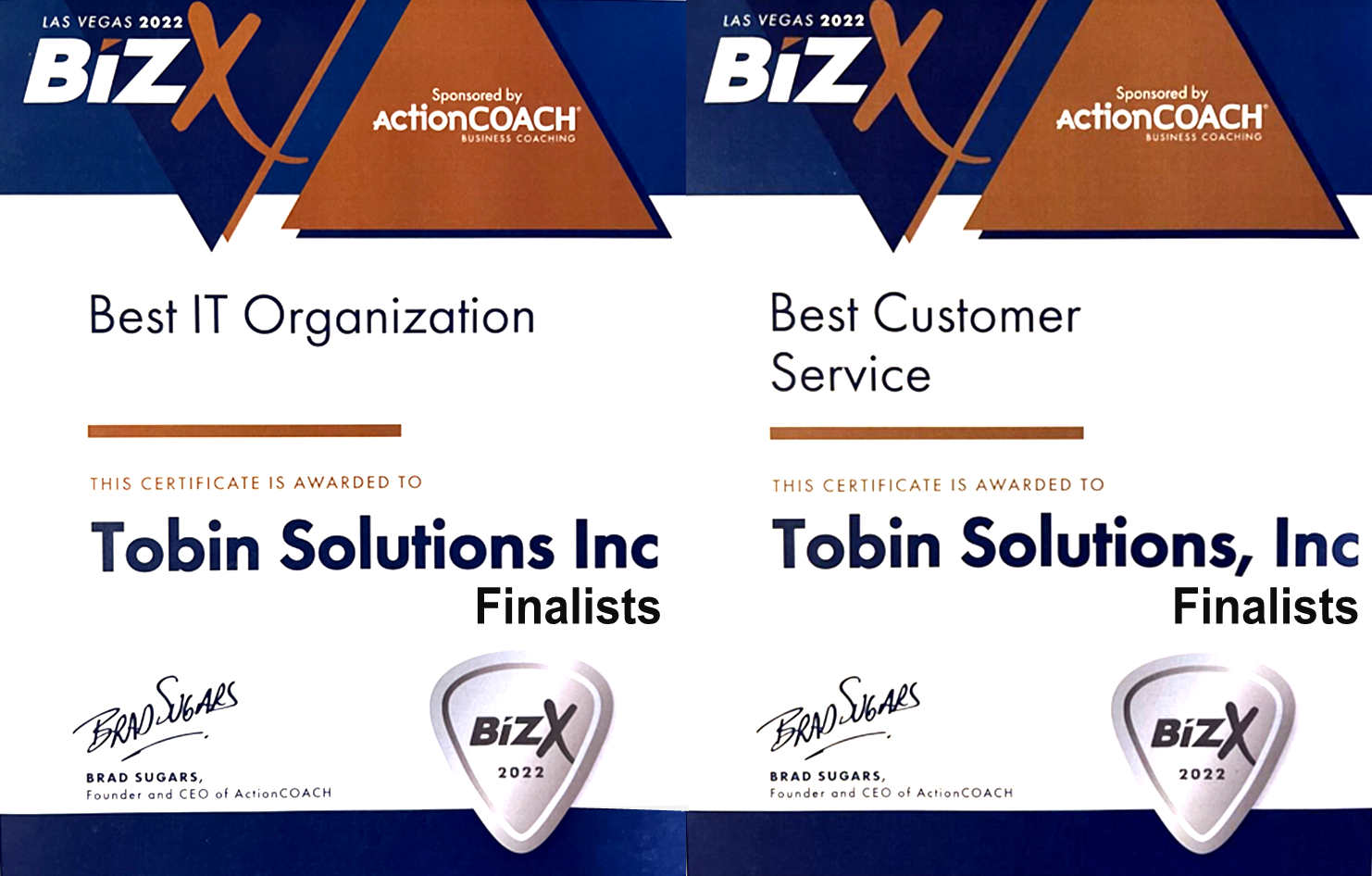Is Your Home Computer Safe for Running a Business in 2025?
As remote and hybrid work environments continue into 2025, many professionals and small business owners are asking the same question: Can I safely use my personal or home computer for business tasks? The answer depends entirely on how your home system is configured, managed, and secured.
Understanding the Difference Between Trusted and Untrusted Devices
In the IT world, we often refer to systems as either trusted or untrusted. These labels matter more than ever when running a business from home.
What Is a Trusted Computer?
A trusted computer is a business-grade machine that’s been intentionally configured to meet specific security and performance standards. It’s typically managed by your IT department or provider, includes endpoint protection, and is regularly updated with security patches and business applications.
- Supported, secure operating system (e.g., Windows 11 Pro)
- Business-grade antivirus and endpoint protection
- Remote management and monitoring tools
- Automatic security patching and software updates
- Pre-installed business applications and VPN access
What Is an Untrusted Computer?
An untrusted computer is a personal device not managed by your IT provider. It may be shared by family members, used for gaming or school, and could lack proper security. Even if it “seems fine,” it likely lacks the protections your business data requires—posing a serious cybersecurity risk.
Why Using a Personal Computer for Work Can Be Risky
Many home computers don’t meet minimum requirements for business use. Without endpoint security, data encryption, and remote monitoring, your business could be exposed to malware, phishing attacks, or even data breaches—especially if that device connects to your company’s network or cloud services.
How to Safely Run a Business from Home in 2025
If you need to work remotely or allow your team to do so, here are two secure options:
- Provide a managed, business-grade laptop or desktop for your employees to use at home. These should be configured with your IT provider’s remote monitoring tools and should be used exclusively for work purposes.
- Convert a personal (untrusted) computer into a trusted one. This means installing endpoint protection, applying all system updates, setting up secure VPN access, and running a full malware scan. You’ll also need to install remote management software so your IT team can keep it secure.
While option #1 is ideal, option #2 can be a fast and budget-friendly solution if you’re responding to an immediate need—especially in dynamic or uncertain work environments.
Bring Your Own Device (BYOD): Policy and Permission Matter
If you’re using employee-owned devices for remote work, always get written permission and clearly outline the terms. Set expectations around how the device will be secured, who can use it, and how long the device will be under management.
Your business must also consider compliance standards (HIPAA, PCI, etc.) and protect sensitive customer data—regardless of where it’s being accessed from.
Final Thoughts
In 2025, working from home is the norm—but that doesn’t mean your personal laptop is business-ready. Whether you’re running your own business or managing a remote team, the security and performance of your home computer are critical.
Need help securing your remote workforce or turning untrusted devices into safe tools for business? Contact Tobin Solutions or call 414-443-9999 to learn how we can help you work smarter and safer—wherever you are.


